Tag: color
-

Case Study – The Island of the Colorblind
Looking for a high-impact, real-world genetics case study to bring recessive inheritance and population genetics to life? Let me introduce you to Pingelap Atoll, a remote island in Micronesia with a powerful story that blends biology, history, and human resilience. 🧬 What’s the Story? Pingelap is known as “The Island of the Colorblind”, thanks to…
-
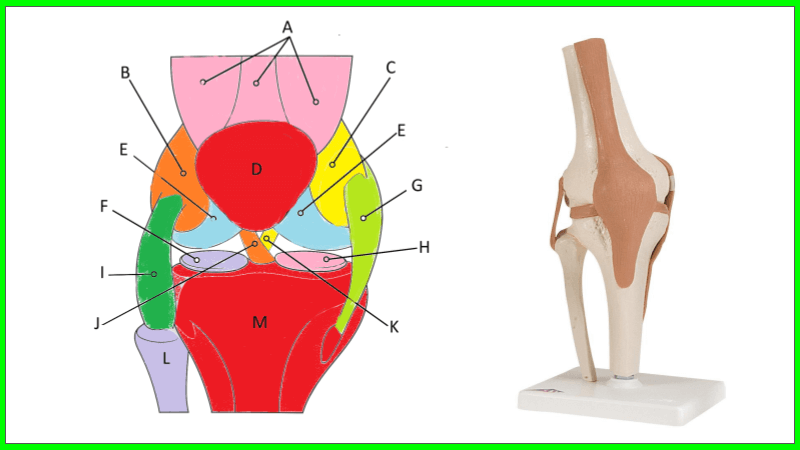
Understanding Knee Anatomy with Coloring
The knee is a complex joint that allows us to walk, run, jump, and move with ease. It connects the thigh bone (femur) to the shin bone (tibia). Ligaments connect the bones are are essential for stability of the joint. In fact, common injuries to the knee occur in sports, such as a tear to…
-
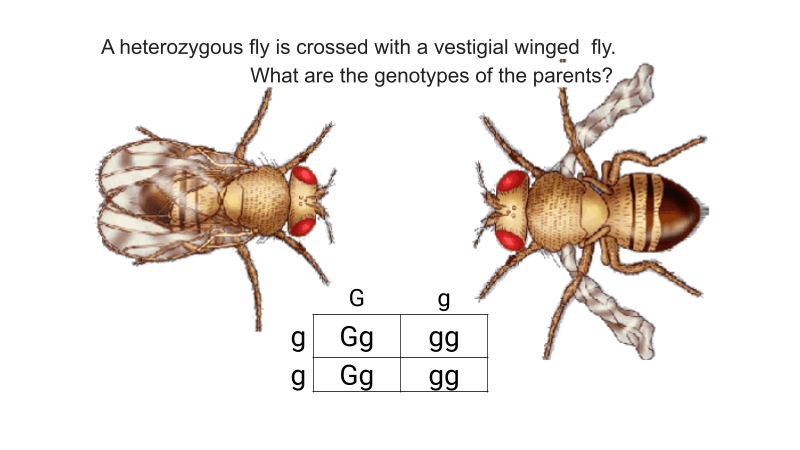
Fruit Fly Genetics
Fruit Fly Genetics showing inheritance patterns for vestigial wings and eye color.
-
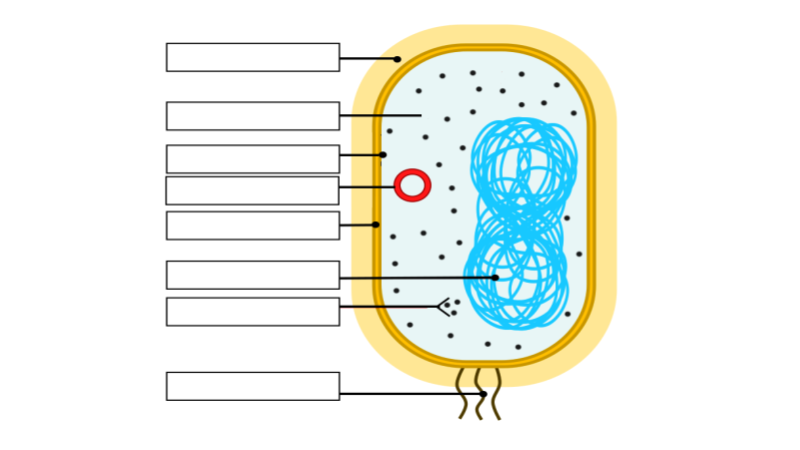
Label a Bacteria Cell
A short activity on bacteria cell form and function. Students label a diagram of a bacteria cell and answer questions.
-

Case Study – The Genetics of Eye Color
A case study exploring the genetics of eye color. Students review a pedigree and examine the role of HERC2 and OCA2 in eye color inheritance.
-

Multiple Allele Traits in Rabbit Coat Color
Students practice genetics of multiple allele traits as they study coat colors in rabbits: black, chinchilla, Himalayan, white.
-
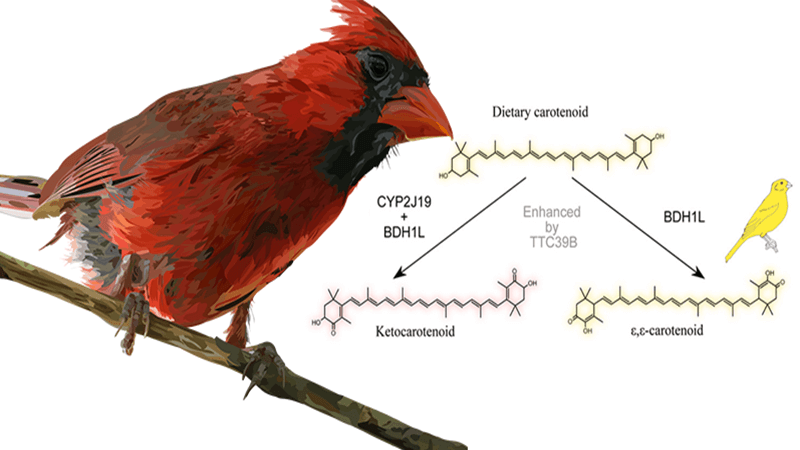
How Did the Cardinal Get His Red Feathers (CER)
Based on a study from Nature that examines the role of enzymes in red coloration. Enzyme pathway converts yellow carotenoids into red ketocarotenoids.
-
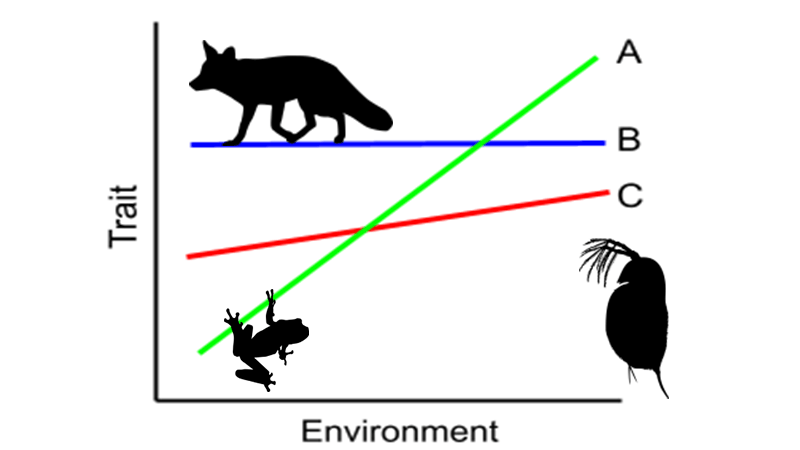
Exploring Phenotypic Plasticity in Arctic Foxes
Learn about arctic foxes and how they change color in the summer, a phenomenon called phenotypic plasticity.
-
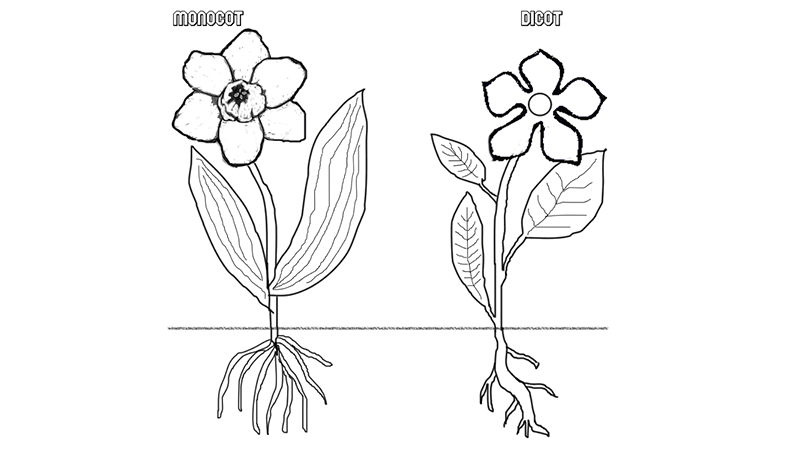
Comparing Monocots and Dicots with Coloring
Students learn about monocots and dicots by coloring diagrams of germination and flower structure. Great to pair with germination experiments!
-
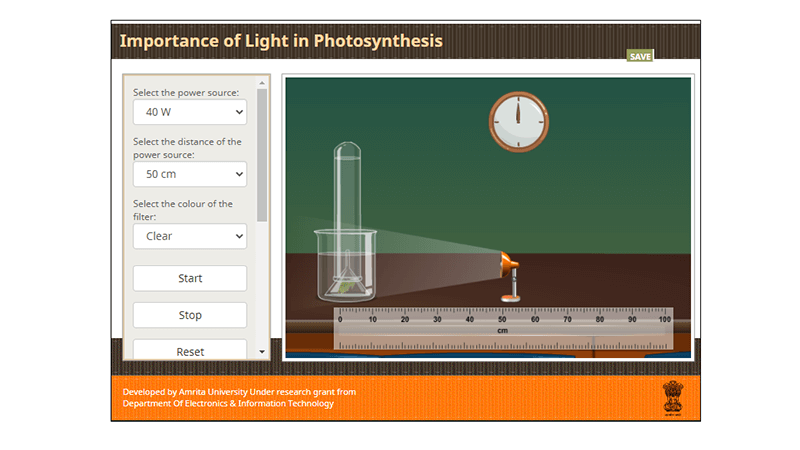
Photosynthesis Virtual Lab
This lab was created to replace the popular waterweed simulator which no longer functions because it is flash-based. In this virtual photosynthesis lab, students can manipulate the light intensity, light color, and distance from the light source. A plant is shown in a beaker and test tube which bubbles to indicate the rate of photosynthesis.…
-

Label and Color the Urinary System
This simple worksheet asks students to label the major structures of the urinary system. They can also choose to color the diagram. I use coloring sheets in anatomy and physiology classes but this could also be used in biology or as a supplemental graphic for a frog or fetal pig dissection. Though many of my…
-
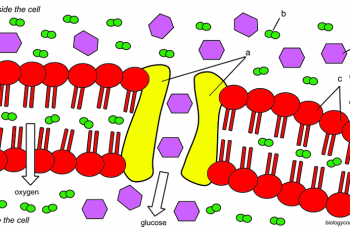
Cell Membrane Coloring
Color the cell membrane with a focus on diffusion, osmosis and transport proteins. Students color the structures of a cell membrane according to the directions. Then they answer questions about cell transport. I designed this worksheet for an introductory biology course to reinforce concepts related to cell transport. An image shows the phospholipid bilayer with…
-
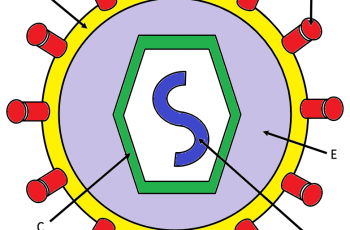
How Do Viruses Infect Cells (Coloring)?
A simple worksheet that explains how viruses infect cells which include diagrams to label and an image of a typical virus for students to color the envelope, proteins, DNA, and the capsid.
-
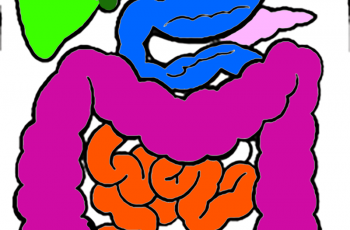
Model the Digestive System with Coloring
The digestive system is a series of organs that work together to break down food into nutrients that the body can use. The digestive system includes the mouth, esophagus, stomach, small intestine, large intestine, rectum, and anus. Coloring activities can be helpful to give students a chance to model the organ systems. I short, coloring…
-
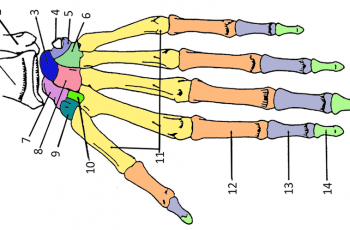
Explore Anatomy – Color the Bones of the Hand
Learning anatomy can feel daunting, but there are plenty of ways to make it more engaging and interactive. One great way to help students understand the structure of the human hand is through a hands-on (pun intended!) coloring exercise. By coloring the bones of the hand, students can reinforce their understanding of how these structures…

